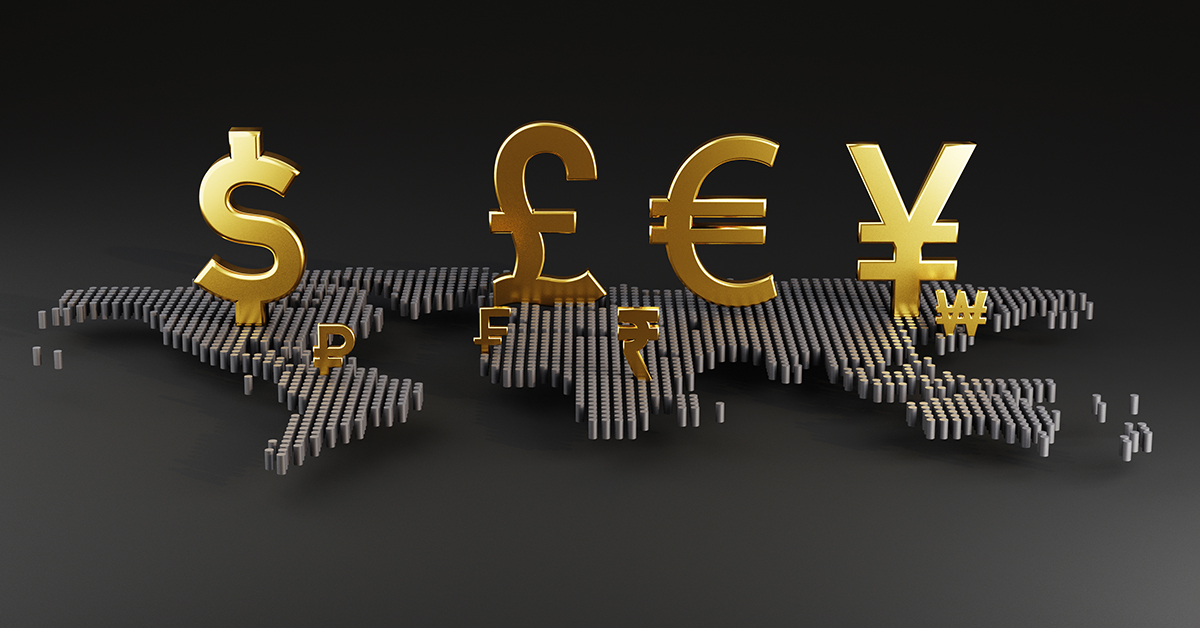- Զամբյուղը դատարկ է
- Շարունակել առևտուրը
Understanding CFD Forex Trading A Comprehensive Guide 1777084516

CFD Forex trading has become increasingly popular among traders who seek to trade currencies without owning the underlying asset. This program involves trading on the difference in price between the opening and closing of a position. As a trader, having a good understanding of the cfd forex trading Trading Broker SA can be beneficial when exploring the world of Forex markets.
What is CFD Trading?
Contracts for Difference (CFDs) allow traders to speculate on the rising or falling prices of fast-moving global financial markets (or instruments), such as Forex, shares, commodities, and indices. Unlike traditional trading, where you own the actual asset, with CFDs, you are only trading the price movement. This trading style is often leveraged, meaning you can open positions larger than your initial deposit.
What is Forex Trading?
Forex trading, short for foreign exchange trading, involves the buying and selling of currencies on the foreign exchange market. Unlike the stock market, which is open for a limited time during the day, the Forex market operates 24 hours a day from Monday to Friday, providing traders with the flexibility to engage in trading at any time that suits them.
Why Trade Forex CFDs?
Traders are drawn to Forex CFDs for several reasons:
- Leverage: Forex CFDs are traded on margin, giving you access to larger positions with a smaller amount of capital.
- No need to own the underlying asset: This allows you to invest without the complexities associated with holding physical currency.
- Diverse opportunities: The Forex market features numerous currency pairs, providing a wide scope for trading strategies.
- Accessibility: You can start trading with as little capital as many brokers offer low minimum deposit requirements.
Basic Terminology in CFD Forex Trading
Understanding CFD Forex trading requires familiarity with some key terms:
- Bid Price: The price at which you can sell a currency pair.
- Ask Price: The price at which you can buy a currency pair.
- Spread: The difference between the bid and ask price. This is the broker’s profit from the trade.
- Leverage: A mechanism that allows you to control a large position with a small amount of capital.
- Margin: The amount of money required in your account to maintain an open position.
Getting Started with CFD Forex Trading
To begin trading Forex CFDs, follow these steps:

- Choose a Reliable Broker: Selecting a trustworthy broker is crucial. Look for features like regulatory compliance, user-friendly trading platforms, and educational resources.
- Create a Trading Account: Once you select a broker, create a trading account. This process typically includes verifying your identity and making an initial deposit.
- Learn the Trading Platform: Familiarize yourself with the broker’s trading platform. Many brokers provide demo accounts to practice without financial risk.
- Develop a Trading Strategy: It’s essential to have a trading plan, including your entry and exit strategies, risk management, and analysis methods.
- Start Trading: Once you feel confident, start trading with real money. Always remember to trade responsibly.
Analysis Techniques for Forex Trading
Two primary methods of analysis can be used in CFD Forex trading:
Technical Analysis
Technical analysis involves analyzing historical price data and using charts and indicators to forecast future price movements. Traders use various indicators such as moving averages, Relative Strength Index (RSI), and Fibonacci retracement levels to inform their trading decisions.
Fundamental Analysis
Fundamental analysis, on the other hand, involves evaluating economic indicators, political events, and news releases that can affect currency prices. Economic reports like GDP growth, interest rates, and unemployment figures are vital for understanding trends and making informed trades.
Risks of CFD Forex Trading
While trading CFDs can offer significant advantages, it also comes with risks:
- Leverage Risk: While leverage can increase profits, it can also amplify losses. It’s crucial to understand how margin works.
- Market Volatility: The Forex market can be highly volatile, and prices can fluctuate rapidly, leading to unexpected losses.
- Market Order Issues: In times of high volatility, your order may not be executed at the desired price.
Conclusion
CFD Forex trading is an appealing market for many traders due to its flexibility, diverse opportunities, and potential for profit. However, it is vital to understand both the possibilities and risks involved. By choosing a reputable broker, developing solid trading strategies, and staying informed about market dynamics, you can improve your chances of success in this exciting trading environment.
Whether you are a seasoned trader or just starting, committing to continuous learning and practicing disciplined trading can lead to more successful outcomes in the long run.
